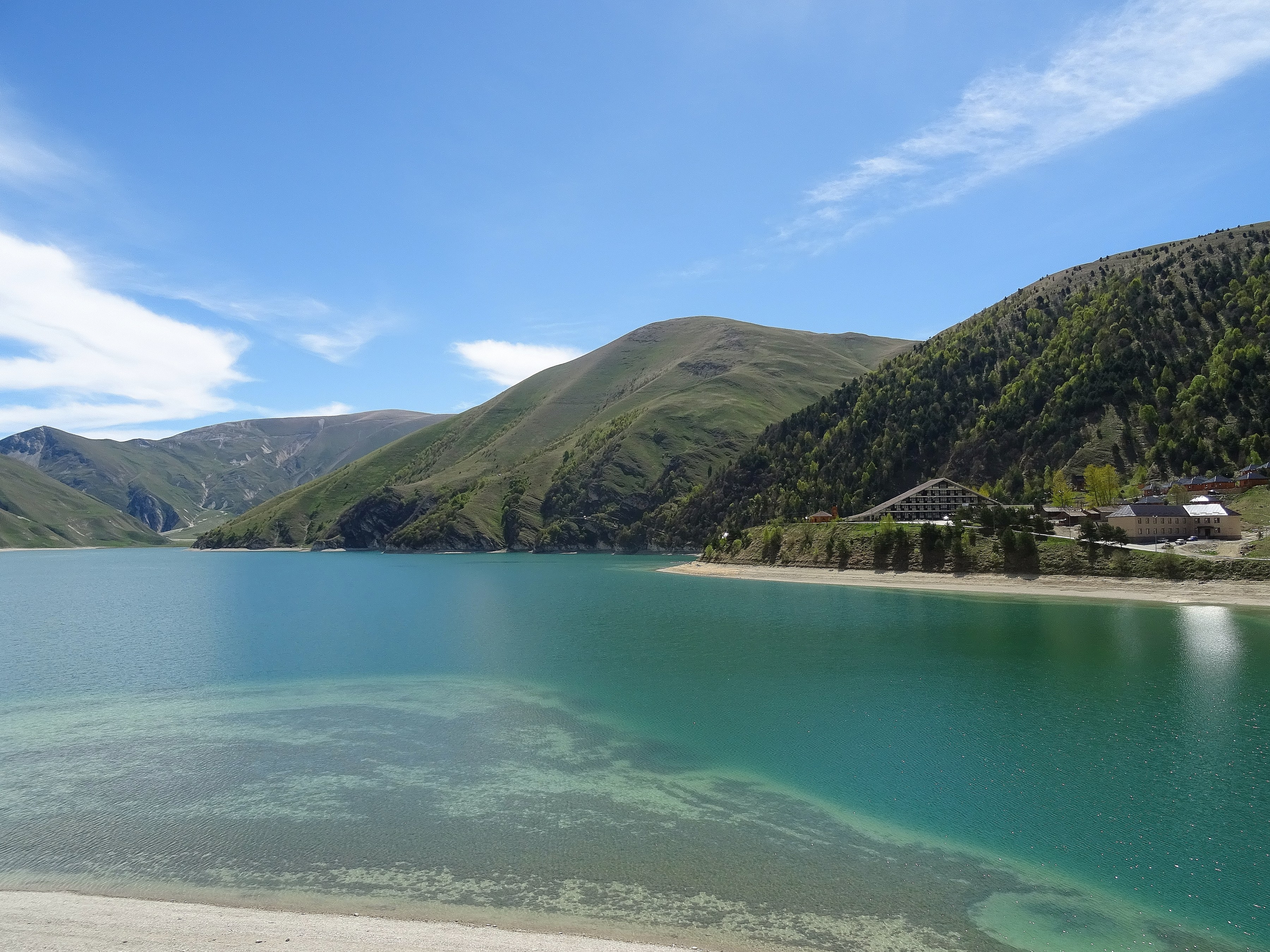Chechnya
Quintessentially Caucasian

Chechnya is perhaps one of the North Caucasus’ better known republics. Or perhaps it would be more accurate to say that, since the collapse of the Soviet Union in 1991, it has been in the news more than the others – sadly, for all the wrong reasons.
Chechnya’s two wars for independence from Russia in 1994-96 and 1999-2000 got a lot of media coverage. The bids for independence failed and resulted in much loss of life, as well as the large-scale bombing of Grozny, Chechnya’s capital. Images of the ruins recall those of Germany after the Second World War. In 2003, the United Nations dubbed it the most destroyed city on earth.
Since then, terrorist attacks by Chechens have given it the reputation as a hotbed of extremists, while the government’s human rights record – most recently regarding its treatment of gays – has been widely criticised in the media and by politicians outside Russia.
Yet despite Chechnya hitting the headlines, many people probably have no more than a superficial knowledge of the place and its people.
As part of my trip to the North Caucasus, I had the opportunity to discover Chechnya for myself. Like most places, its present society and culture are coloured by its past. Seeing Chechnya first hand helped me better understand the context of life there today. Although, geographically, the Caucasus is Europe’s eastern most border, many of its societies are markedly different from those of most other European countries and regions.
Click on the images to enlarge them and see the captions:
As in other areas of the Caucasus, over the centuries Chechnya found itself at the frontiers of competing empires. But its rugged territory and heavily forested mountains made it difficult to conquer. Although in the early 1700s Peter the Great’s troops tried to subjugate the area, they were repeatedly pushed back by the fierce mountain tribes, whom the Russians looked upon as bandits. Russia framed its territorial claims in the Caucasus in terms of spreading Christianity, but this only helped Islam position itself as the religion of resistance.
With the Chechens hiding in the dense woodland, the Russians declared that Chechnya would not be conquered by the sword, but by the axe. In the mid-19th century, the Tsar sent in the Cossacks to clear the lowlands of forest and colonise them, but the mountain-based clans repeatedly attacked them and stole their food.
By the end of the 1860s, Russia changed tactics and encouraged the Muslim Chechens to move south into the Ottoman Empire. Some eighty percent left, but those who stayed behind continued to resist Russian attempts at control.
In 1917, shortly after the Russian Revolution, Chechnya and the two neighbouring lands of Ingushetia and Dagestan declared independence from Russia and set up their own country known as the ‘United Mountain Dwellers of the North Caucasus’. But just four years later, Soviet troops invaded and the short-lived state was absorbed into the Soviet Union.
The Chechens had a tough time under Stalin. In the Second World War they and the Ingush people were accused of being Nazi sympathisers, despite having sent 62,000 troops to the front line to fight against the Axis powers. Tens of thousands were deported to Kazakhstan, where nearly two thirds of them perished. In 2004, the European Parliament declared the deportation a genocide.
When in 1991 the Soviet Union disintegrated and its 15 constituent republics each declared independence, the Chechens decided to do the same. But Chechnya had not been a ‘constituent republic’ of the USSR, so technically it did not have the constitutional right to declare independence. Russia sent troops, fighting broke out and Chechnya – hitherto hardly known outside the Soviet Union – began to appear in news bulletins and newspapers.
In the end, the separatists were defeated. Since 2007 Chechnya has been ruled by strongman Ramzan Kadyrov. Much of Grozny has been rebuilt, with a huge new mosque in its centre named after the president’s father.
Chechens are Nakh, an ethnic group who have lived in the uplands of the North Caucasus since prehistory. Together with the neighbouring Ingush people, they belong to a sub-group known as the Vainakh. Chechen and Ingush are the last two surviving Vainakhish languages in a region of great linguistic diversity.
Chechen society is organised into over a hundred clans or ‘teips’. Each teip is based on honour, with blood feuds playing a major role. The teips are grouped into tukkhums, or grand alliances. There are currently nine tukkhums in Chechnya.
Among the various exhibits in the National Museum were black and white photographs of Chechens – shepherds, soldiers, farmers, families. If it had not been for the dates beneath the pictures, it would have been difficult to know which had been taken in the 1890s, the 1920s and the 1960s.
Most of Chechnya’s 1.4 million inhabitants are Sunni Muslim. Society is very conservative: unmarried men and women do not hold hands in public, alcohol is generally only sold in big hotels, and women wear headscarves.
Chechnya’s long history of combat still seems to shape the current psyche. For the men, traditional Chechen daggers remain a much prized possession. The National Museum had a serious collection of them and I saw a surprising number of shops in Grozny specialising in knives and swords. The Chechen capital also has a multitude of martial arts clubs and fight studios. Even boys as young as eight take part in competitions and cage fights, including the president’s own sons.
Each of the North Caucasian republics I visited was quite distinct from its neighbours. Unsurprisingly, each seems to have a strong sense of self-identity. Predominantly Muslim Chechnya had a heavier police and army presence than the others. Everyone I met, though, was friendly and it was fascinating to see first-hand this small republic – European by geography, yet so different culturally.
My trip to Chechnya was organised by Untamed Borders, the same firm I went skiing with to Afghanistan.
RETURN
